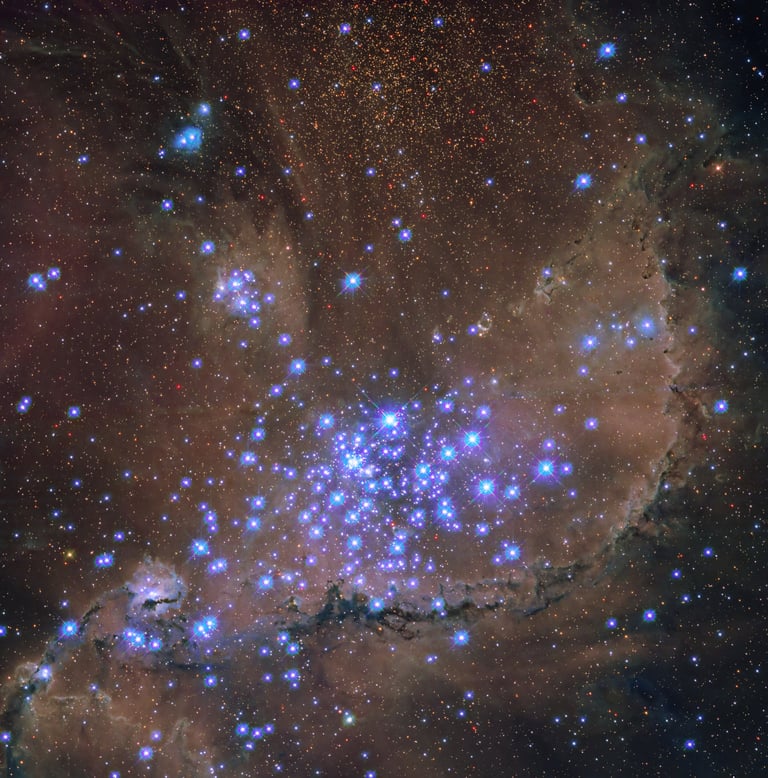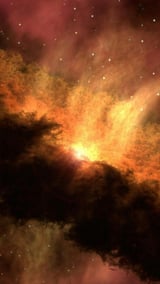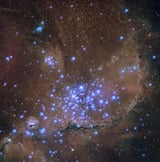Hubble Unveils Stunning Insights into Early Universe with NGC 346 and N11 Star Clusters
August 26, 2024
The Hubble Space Telescope, a collaboration between NASA and the European Space Agency, continues to significantly contribute to astronomical research since its launch in 1990.
After over 30 years in service, Hubble remains a vital tool for investigating the origins and evolution of the Universe.
Recent ultraviolet observations from Hubble are crucial for understanding how star formation impacts the interstellar medium, particularly in low-metallicity environments like the Small Magellanic Cloud (SMC).
The SMC, located about 210,000 light-years away, is one of the Milky Way's closest neighbors and serves as a valuable analog for studying early galaxies due to its low metallicity.
Within the SMC lies NGC 346, a star cluster believed to contain more than half of the known high-mass stars in the entire cloud, making it a focal point for studying star formation.
Hubble utilized the Advanced Camera for Surveys and Wide Field Camera 3 to examine the southwest region of the SMC, focusing on the star-forming properties of NGC 261 through its carbon monoxide content.
A stunning new image of the emission nebula NGC 261 showcases its brilliant ruby red color amidst numerous stars, highlighting Hubble's capability to capture intricate details.
Studying nebulae like N11 and NGC 261 helps scientists understand the life cycle of stars, including the processes that led to the formation of our own sun approximately 4.6 billion years ago.
N11, another prominent nebula, acts as both a nursery and a cemetery for stars, with dark bubbles formed by stellar winds and supernovae indicating the birth and death of stars.
The SMC and its larger counterpart, the Large Magellanic Cloud, are of particular interest for studying star formation and galaxy evolution through mergers.
Research conducted with Hubble enhances our understanding of star formation processes in both the Milky Way and neighboring galaxies, contributing to insights about the distribution of gas and dust in the universe.
Summary based on 8 sources
Get a daily email with more Science stories
Sources

Forbes • Aug 21, 2024
NASA Hubble Telescope Snaps ‘Sparkling Candy Floss’ Region Of Space
Phys.org • Aug 26, 2024
Hubble captures unique ultraviolet view of a spectacular star cluster
Hindustan Times • Aug 25, 2024
NASA Hubble captures 'candy-floss' in space. Meet our cosmic neighbours